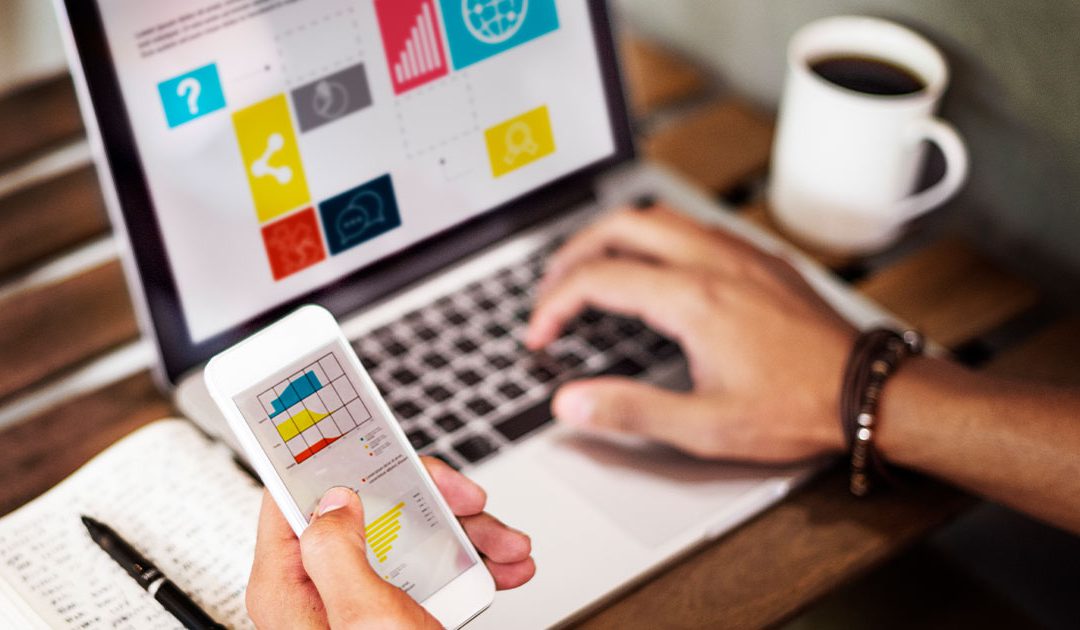Gone are the days when you simply have to plaster a text and an image on the website and all will be good. People are looking for something unique on the websites they visit. They want the Orlando web design elements to impress them. They want to see website managers following trends or sticking to the ones that work for them. They want simpler and cleaner designs, but they also want these elements to be interactive.
The introduction of Google’s Material Design in 2014 paved the way for animations and transitions to have bigger roles in web design. As an adaptable system with open-source code, the Material Design allows websites to create and customize tools and widgets on the website. The vision of the Material Design is to create mobile-friendly websites. Guided by print methods—typography, grids, scale, color, fonts, and imagery—the Material Design is focused on supporting on-screen touch experiences. It wants to mimic the natural motions of real-life objects.
Following these adaptable features, web designers took it upon themselves to change the landscape of web design and development. They used a lot of animations and innovative interactions on their designs. These are intended to help web visitors navigate a site. They are guided by these animations. They can simply swipe and tap on a button to proceed to the next step or open a new webpage.
Websites also have cool buttons now. We officially said goodbye to static symbols such as circles and arrows. Web designers made it a point to use animated loading bars, for example, to grab a web user’s attention. They also used icon rotations to indicate that a page or an image is loading. This allows the web users to know they are waiting for an element to load rather than wonder if there’s even something they need to wait for.
Lastly, web designers use cinemagraphs on homepages. These are images with small repetitive animations. They are similar to GIFs, but they are more subtle in form. On Orlando web design, cinemagraphs are used on homepage banners and backgrounds. They give life to static images. They make webpages more dynamic. This trend started in 2016, but it has recently just begun making waves in the web design industry.
There are a lot more trends that are about to arrive in the coming months. These, of course, are all intended to improve Orlando web design, as well as your web visitors’ experience.


Recent Comments